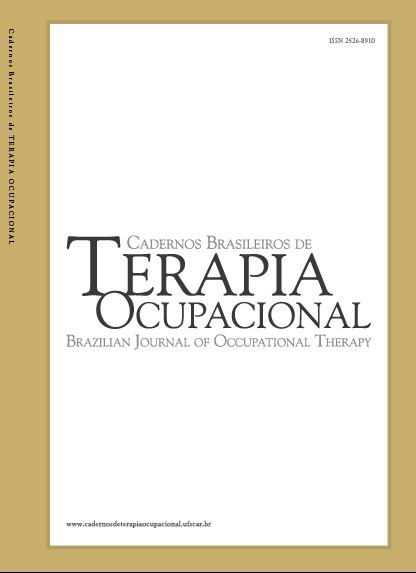A Model of Human Occupation-based intervention for individuals with ObsessiveCompulsive Disorder: two case reports
DOI:
https://doi.org/10.1590/2526-8910.ctoAO391237812Palabras clave:
Mental Health, Occupational Therapy, Person-Centered Care, Process Assessment, Health CareResumen
Introduction: Preliminary occupational therapy intervention studies are much needed. Although the importance of Obsessive Compulsive Disorder (OCD) recognized as highly restrictive for individuals, there are only e few studies addressing occupational therapy interventions for them. Objectives: This study aimed to examine the effectiveness of a person-centered, holistic occupational therapy assessment and interventions using the conceptual model of practice, the Model of Human Occupation (MOHO), for persons diagnosed with OCD. Method: A demographic information form, Occupational Self-Assessment (OSA), Model of Human Occupation Screening Tool (MOHOST), and a semi-structured interview form were employed pre and post-intervention. The Pittsburgh Sleep Quality Index was also used for Case 2. Results: After 16 sessions, the findings showed positive results of the person-centered occupational therapy intervention on occupational participation and performance in both cases. Conclusion: This study highlights the effectiveness of occupational therapy intervention on occupational participation and performance, based on the MOHO approach for two cases of individuals with OCD.
Descargas
Publicado
Cómo citar
Número
Sección
Licencia
Derechos de autor 2024 The Authors

Esta obra está bajo una licencia internacional Creative Commons Atribución 4.0.


